Blogs
Heat pumps are a form of “heat transporter” that can keep indoor spaces comfortable all year round.
Heat pumps not only provide heating and cooling, but also supply domestic hot water throughout the year, making them a multifunctional, integrated energy-saving solution.
Their flexibility, efficiency, long-term return on investment, and minimal environmental impact are just some of the reasons homeowners are looking to replace existing fossil fuel solutions with heat pumps powered by renewable energy.
Similarly, as governments around the world actively focus on long-term sustainability and begin implementing strategies to achieve carbon neutrality, it quickly becomes clear that heat pumps are the solution of the future.
Understanding how heat pumps work internally is crucial to grasping the fundamentals of heat pumps, which is why we provide answers to some of the most important questions below. This is of great significance not only for understanding heat pumps but also for selecting the right one.
*This guide will use air source heat pumps as an example.
In this guide, we will cover:
Global warming is becoming increasingly severe, extreme weather events are occurring more frequently, and habitats suitable for animals are gradually deteriorating, with animals seemingly heading toward becoming displaced species.
Countries around the world are joining the carbon neutrality initiative, with many nations using subsidies or grants and interest rate reductions to lower the initial barriers to entry for heat pumps, including the European Union, the United States, and some Asian-Pacific countries. The policy objective is to accelerate the transition from fossil fuel heating to efficient electrification.
People are also willing to use low-energy heat pumps as an alternative to traditional heating methods, thereby achieving good economic benefits. There are three main types of heat pumps: air source heat pumps, water source heat pumps, and ground source heat pumps.
Many people may wonder what a heat pump is.
You might think that a heat pump is a machine that generates heat on its own. Or perhaps you only focus on its appearance, a large fan spinning inside a box to produce heat. Well, let me assure you that this is completely incorrect.
You can first imagine a heat pump as a “heat transporter”. It does not create heat itself but transports heat from one place to another. In other words, a heat pump does not directly create heat energy but acts as a heat energy transporter.
A refrigerator cools the inside by transferring heat to the outside.
Let's take a simple example to illustrate this point!
A heat pump does the opposite. In winter, it transfers heat from the outside to the inside to warm the house. In summer, it transfers heat from the inside to the outside to cool the house.
Heat pumps can be connected to end points such as radiators, underfloor heating, and hot water systems in a similar way to current fossil fuel boilers.
However, the difference with heat pumps lies in how heat is generated, rather than how it is distributed. Heat pumps do not burn fuel to generate heat, but instead use the process of evaporating and condensing refrigerant.
But what will surprise you is that its energy efficiency is as high as 400%(*COP=4). For example, this product.
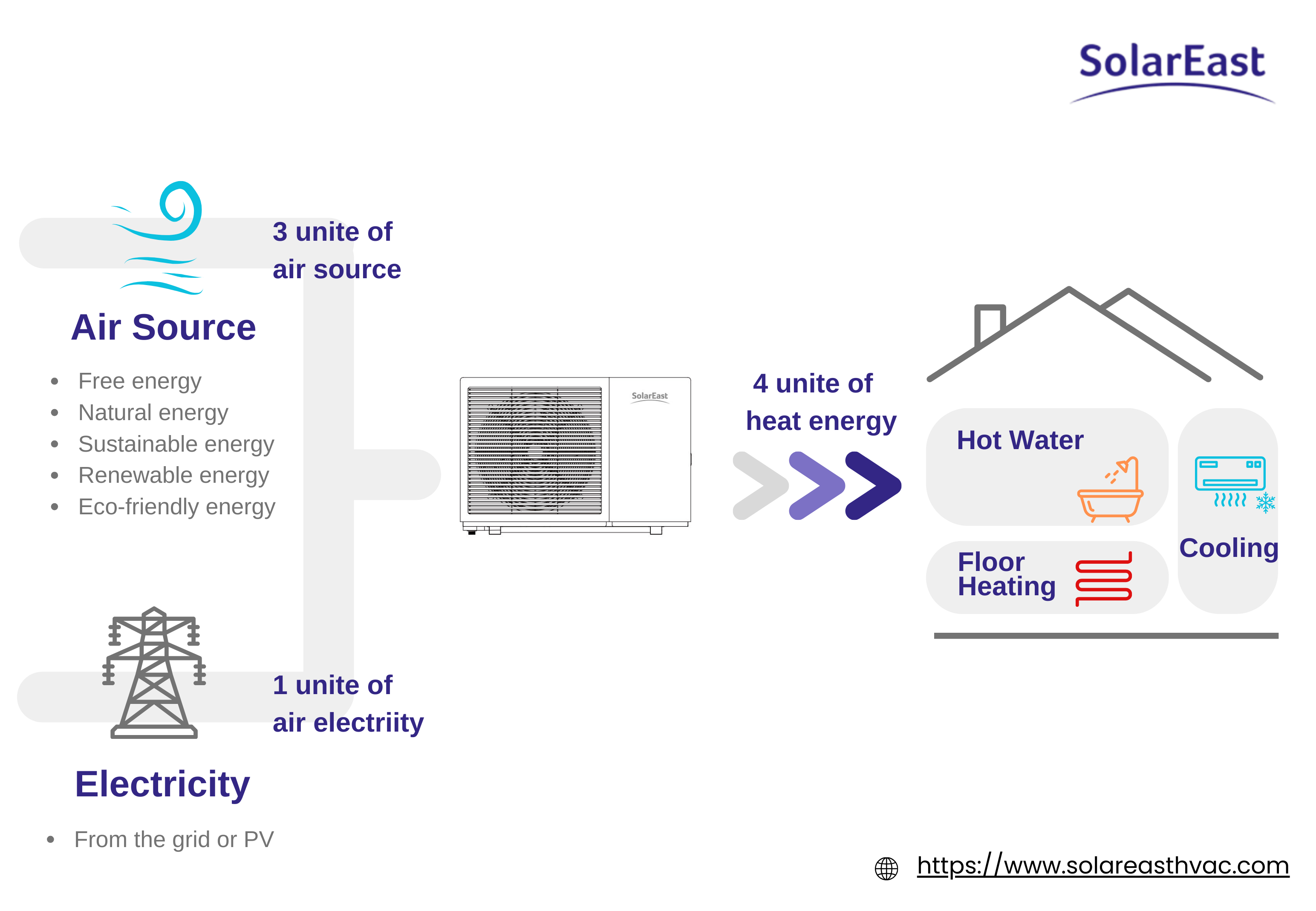
Let me take an air-source heat pump as an example: 3 units of air plus 1 unit of electrical energy can produce 4 units of heat energy.
*COP (Coefficient of Performance) is an indicator of heat pump energy efficiency, representing the ratio of heat output to electrical energy consumption.
Heat pump operation is a complex engineering process, best explained as a circuit that draws heat from the air around your home and adjusts it to a useful temperature to produce warm air or water for space and central heating, as well as hot water for central heating and domestic hot water supply.
The operation of a heat pump can be divided into four steps:
Step 1-2 Compressed refrigerant
The refrigerant absorbs heat from the air in the evaporator.
Step 2-3 Heat Release
The compressor compresses the gaseous refrigerant, increasing its temperature and pressure.
Step 3-4 Throttling
The high-temperature refrigerant passes through the heat exchanger, releasing heat into the water tank.
Step 4-5 Heat absorption
The refrigerant passes through the expansion valve, causing its pressure and temperature to drop, then returns to the evaporator to begin a new cycle.
The main components of a heat pump are commonly referred to as the main components of an outdoor unit. Each component plays an important role in the operation of a heat pump. Next, I will use pictures to show you the four key components.
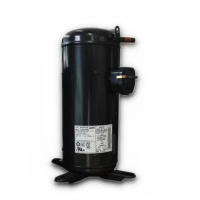
Compressor
Increases the pressure and temperature of the refrigerant, enabling it to release heat.
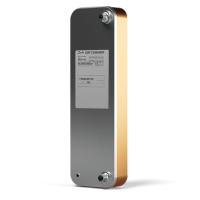
Condenser
Transfers heat from the refrigerant to the water side in the condenser.
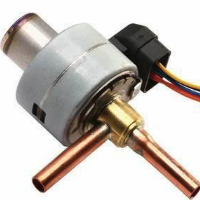
Throttling
Lowers the pressure and temperature of the refrigerant, creating conditions for the next heat absorption cycle.
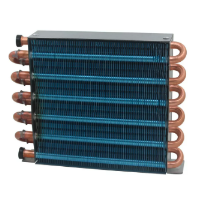
Evaporator
Absorbs heat from outdoor air, water, or the ground, causing the refrigerant to change from a liquid to a gas.
A heat pump can heat your home in winter, cool it in summer, and even provide you with hot water for daily use.
There are several different types of heat pumps, and the one that is right for you will depend largely on the type of property you have and your existing heating system. For example, if used with an underfloor heating system or air ducts, purchasing an air-to-water heat pump is most beneficial, as it requires a lower water temperature.
For a new building
Air-to-water heating and cooling heat pumps are a type of space heating equipment that provides space heating and hot and cold water. They are also an easy-to-install, low-investment option.
For replacing a boiler water heater
If you are considering upgrading your gas boiler and do not want to face high energy bills during the cold winter months, just to enjoy a comfortable hot shower.
For renovating an old building
These heat pumps can provide heating, cooling, and hot water, and the use of water as an energy transfer medium ensures optimal comfort.
Although there are many reasons why heat pumps have become an attractive option for heating and cooling, it is important to note that they may not be suitable for everyone, depending on certain factors.
| Type | Policy Support | Efficiency | Installation Cost | Environmental Impact | Energy Cost | Lifespan | Maintenance Frequency | PV/Storage Compatibility |
| Gas Boiler | ❌ | 60–80% | Low | High | High | 10–15 | High | ❌ |
| Electricity | ❌ | 100% | Low | Zero | High | 8–10 | Low | ✅ |
| Heat Pump | ✅ | 400–500% | High | Zero | Low | 12–20 | Low | ✅ |
I believe you now have a multi-dimensional comparison of the three heating methods. However, you may still have some questions about installation costs and energy bills. So, taking a 150 m² (1614.586ft² ) detached house in Germany as an example, I will list a clearer comparison table for you.
| Heating Type | Installation Cost (€) | Operating Cost/year (€) | Maintenance Costs/year (€) |
| Gas Boiler | 8,000 - 12,000 | 900 - 1,500 | ≈130 |
| Electricity | 500 - 1,500 | 1,800 - 3,000 | 50 - 100 |
| Heat Pump | 12,000 - 18,000 | 600 - 1,000 | ≈300 |
From the table above, it’s clear that air source heat pumps outperform traditional combustion heating systems and electric resistance heaters in energy efficiency, environmental impact, and long-term operating costs.
While the initial installation cost of a heat pump may be higher, the 300–500% efficiency rating and compatibility with PV/energy storage systems offer a faster return on investment, especially in regions with government policy support.
For homeowners aiming to reduce carbon emissions and lower energy bills, switching to a heat pump represents both an eco-friendly and economically smart decision.
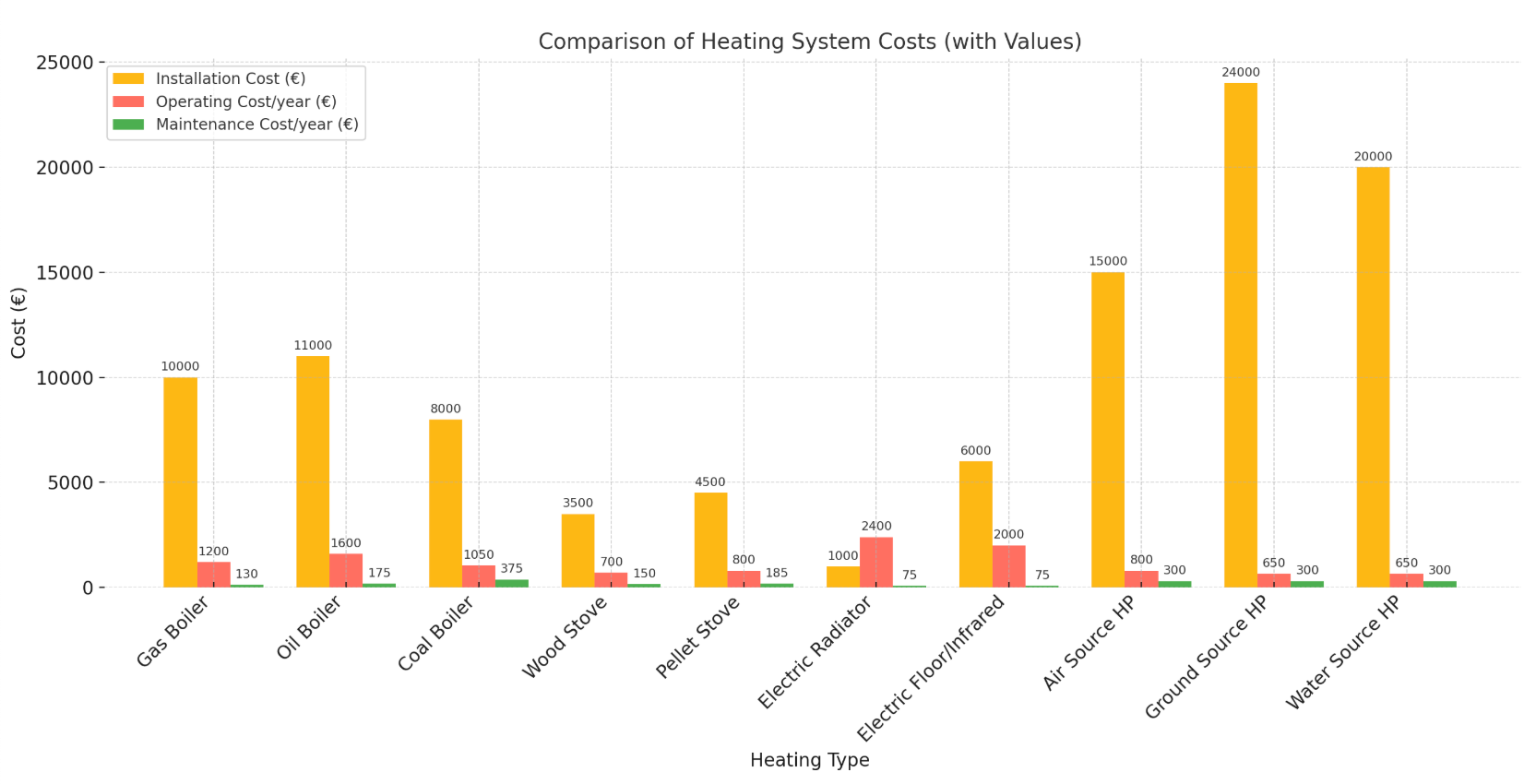
* Comparison of Heating System Costs
The above data is based on reports from the German Energy Agency (dena), Agora Energiewende/Fraunhofer IEG, the European Union Joint Research Centre (JRC), analyses from co2online/Clean Energy Wire, and case studies from PV-Magazine Germany, among others. You can view the data here.
If you are a long-term economic pragmatist with a strong sense of environmental responsibility, heat pump systems should be prioritised. Especially when integrated with photovoltaic systems, they can significantly reduce energy bills.
In cases of limited budgets or stringent building restrictions, gas boilers still hold transitional value, but future policy restrictions and rising carbon prices must be considered.
Additionally, oil and electric heating are no longer mainstream, while biomass systems are more suitable for rural homes.
I'm sure you're curious about the advantages and disadvantages of heat pumps. Let's continue exploring this topic together.
Solareast will explore the advantages and disadvantages of heat pumps with you to help you better understand the basics of heat pumps.
If your home currently uses fossil fuels for heating, such as natural gas, oil, or propane, switching to a heat pump means you will no longer need to order these fuels, allowing you to heat your home more sustainably.
As a result, you can enjoy not having to pay for these fuels each month, which will add up to significant savings over time.
Heat pumps can operate at efficiencies of up to 400%. Boilers can only achieve 100% efficiency. But boilers can only achieve around 98% efficiency.
According to data from the US Department of Energy (DOE), heat pumps can reduce electricity consumption by approximately 65% compared to electric heating, saving up to $500 per year.
Heat pumps can provide heating, cooling, and domestic hot water functions, providing your family with comfortable living conditions throughout the year. So, if you already have a heat pump, why would you need to purchase additional equipment with other functions?
Different countries and regions have varying degrees of subsidy policies for heat pumps. For example, the federal government is offering substantial heat pump tax credits and rebates for the cost of purchasing and installing heat pumps. Homeowners can receive a 30% tax credit on new heat pumps, up to a maximum of $2,000. Low- and middle-income Americans can also receive substantial rebates.
Heat pumps do not rely on fossil fuels to generate heat; their heat source is the endless supply of air, making them an environmentally friendly HVAC option. Currently, the most environmentally friendly heat pump refrigerant is R290, which has a GWP of only 3.
Air source heat pump equipment does not burn fossil fuels and uses a large amount of electricity, nor does it emit large amounts of environmentally harmful gases. Unlike coal-fired boilers, it does not require additional treatment of combustion pipes.
If you decide to sell your home, installing a heat pump can typically increase the value of your property, which can bring you a greater return.
* GWP (Global warming potential): It is an indicator that measures the extent to which different greenhouse gases contribute to global warming, used to compare the relative contribution of different gases to climate warming compared to an equal amount of carbon dioxide.
Compared to traditional boiler replacement, it is not plug & play. Heat pump installation requires more planning and preparation, and the system design must be thoroughly completed. Solareast recommends that you consult a professional installation engineer for planning.
When the outdoor temperature drops below -10°C (14°F), the efficiency of old-style or traditional heat pumps decreases due to the reduced ability of the refrigerant to absorb and release heat. This inevitably requires the use of a hybrid system to maintain the same level of efficiency.
Although long-term savings are certain, the initial installation cost of heat pumps is typically higher than that of traditional HVAC systems.
If you choose an air-source heat pump, it can be installed in a courtyard, along a wall, or on a balcony. In such cases, sufficient ventilation space must be provided, with approximately 30–50 cm ( 11.8- 19.7 inches) of space around the unit.
These advantages and disadvantages of heat pumps are based on real-world usage. If you have any additional insights, we would be happy to discuss them with you. After all, this is still a niche, environmentally friendly device, and its mysteries are well worth exploring together!
1. Consultation and Assessment
Professionals will assess your home's heating and cooling needs and recommend the most suitable heat pump system for your space, including type, size, and other specifications.
2. Professional Installation
Heat pump installation should be performed by certified technicians to ensure that the equipment piping is connected correctly. Subsequently, pressure testing of the heat pump is performed to prevent leaks.
3. Testing and Calibration
After installation, technicians must perform comprehensive testing to ensure proper operation, including airflow and refrigerant levels.
4. Owner Education
Technicians should provide you with operating and maintenance guidelines for your new heat pump.
1. Regular maintenance
Remove debris, such as leaves or snow, from the outdoor unit and ensure there is 30–50 cm ( 11.8- 19.7 inches) of space around it to allow for proper air circulation.
2. Professional maintenance
Arrange for a system inspection, cleaning, and calibration service by a qualified technician once a year or every six months.
Heat pumps are at the forefront of eco-friendly heating solutions. They perfectly combine efficiency, comfort, and environmental responsibility. If you want to reduce your carbon footprint and embrace a sustainable lifestyle, heat pumps may be the ideal choice for your home.
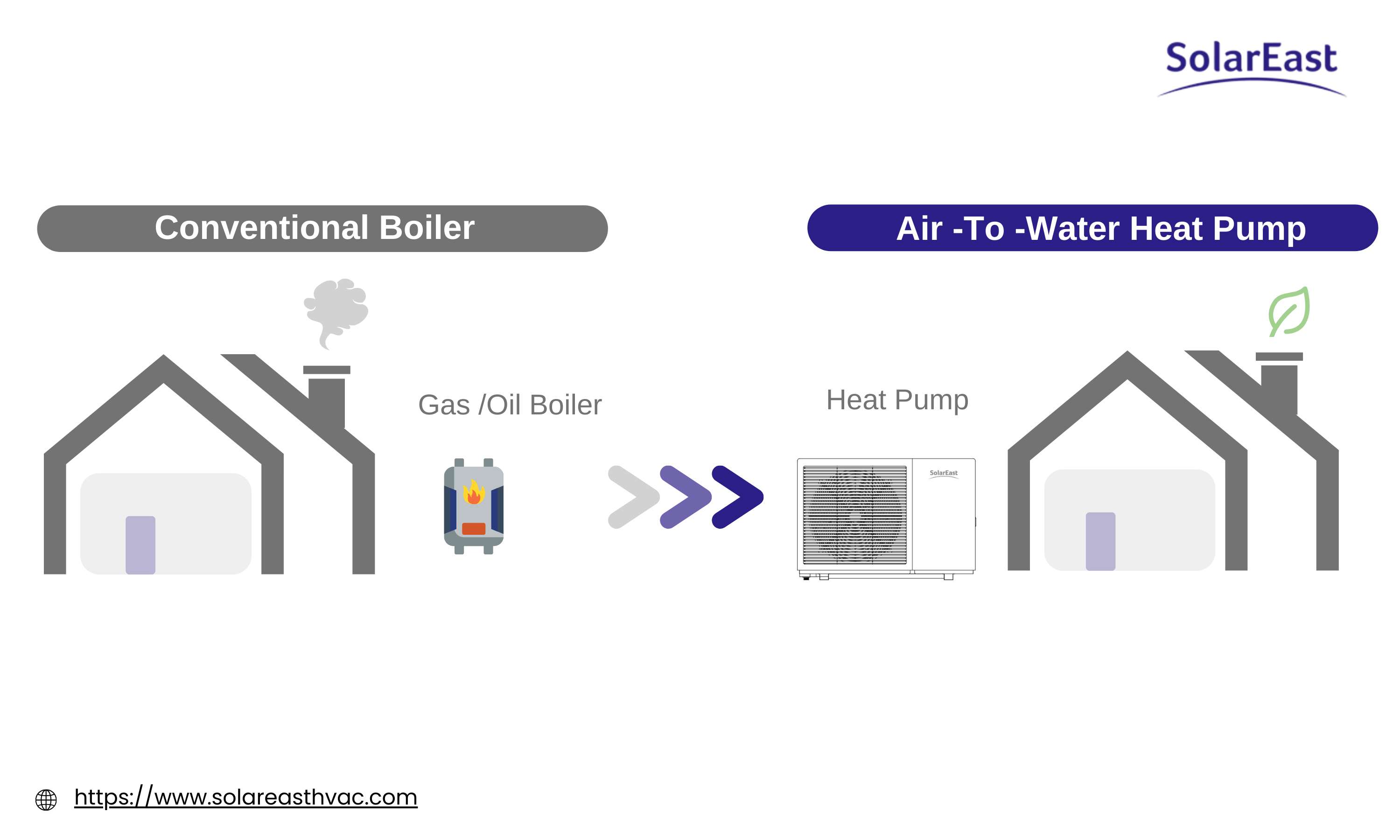
Are you interested in exploring how heat pumps can transform your home heating experience? Especially air source heat pumps, you can contact us for a free consultation. Our team is always ready to guide you, ensuring you make the best choice for your home and the planet.
This government resource will help you reduce installation or operating costs:
France - MaPrimeRénov'
United Kingdom - Boiler Upgrade Scheme - BUS
Italy - Superbonus & Ecobonus
Netherlands - Investeringssubsidie duurzame energie en energiebesparing - ISDE
Austria - raus aus Öl und Gas' für Private
Data sources for heating system cost comparisons:
Initial installation and operational costs are referenced from dena and UBA reports;
Maintenance costs are referenced from Bosch quotes.
Case-specific economic analyses reference Clean Energy Wire articles;
Regulatory and subsidy frameworks reference the dena Building Report 2025 and GEG Implementation Guidelines.
